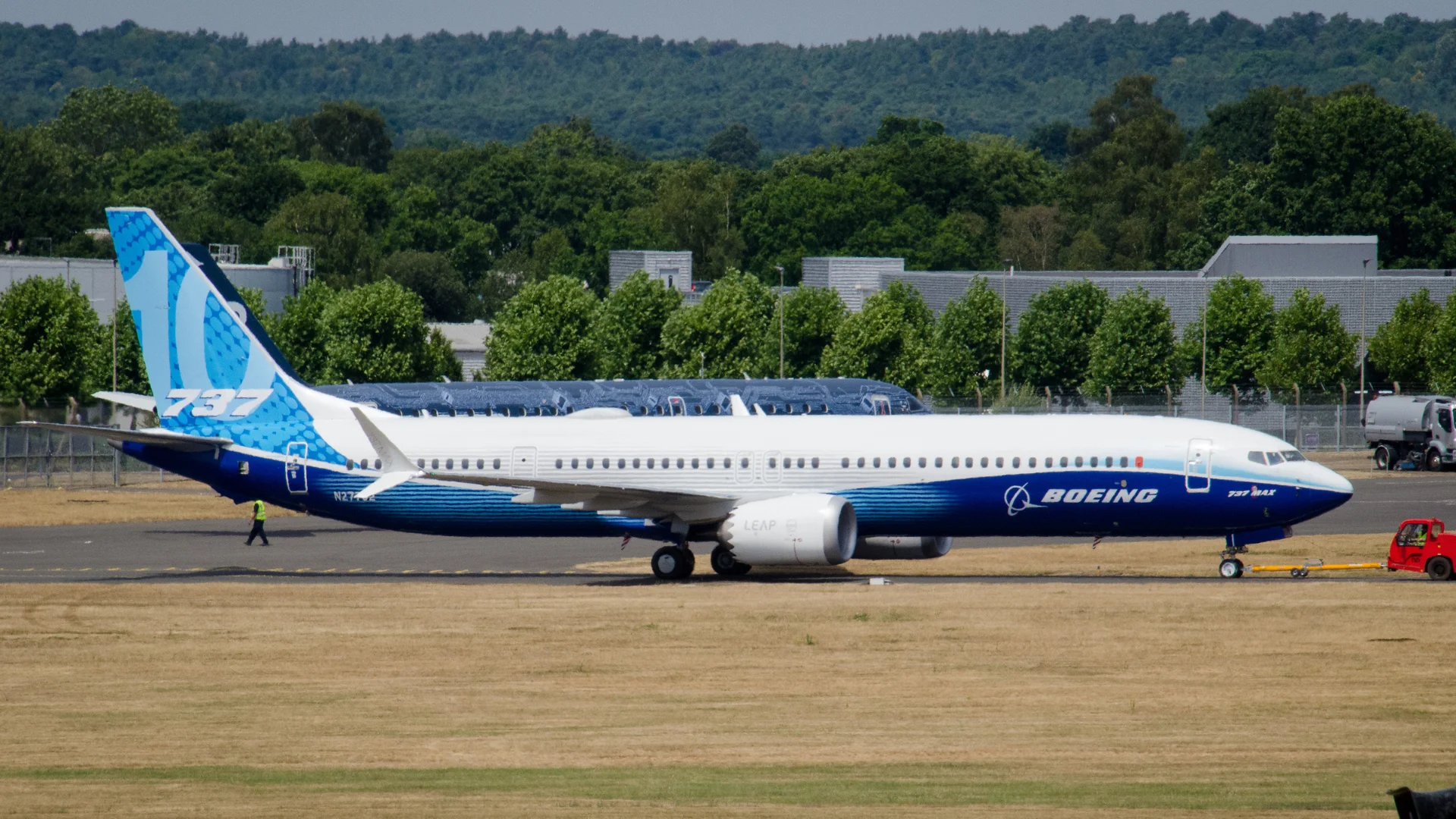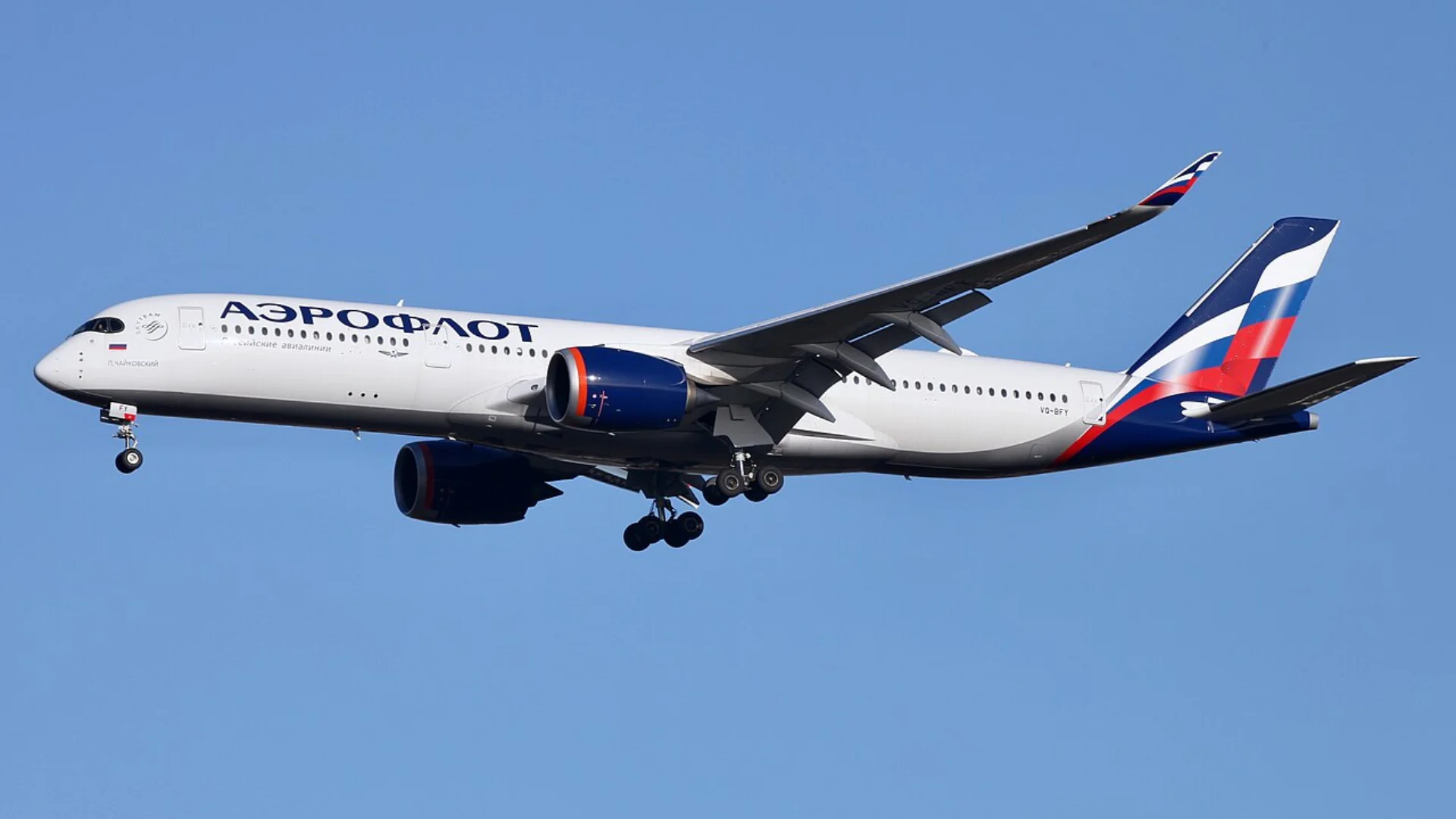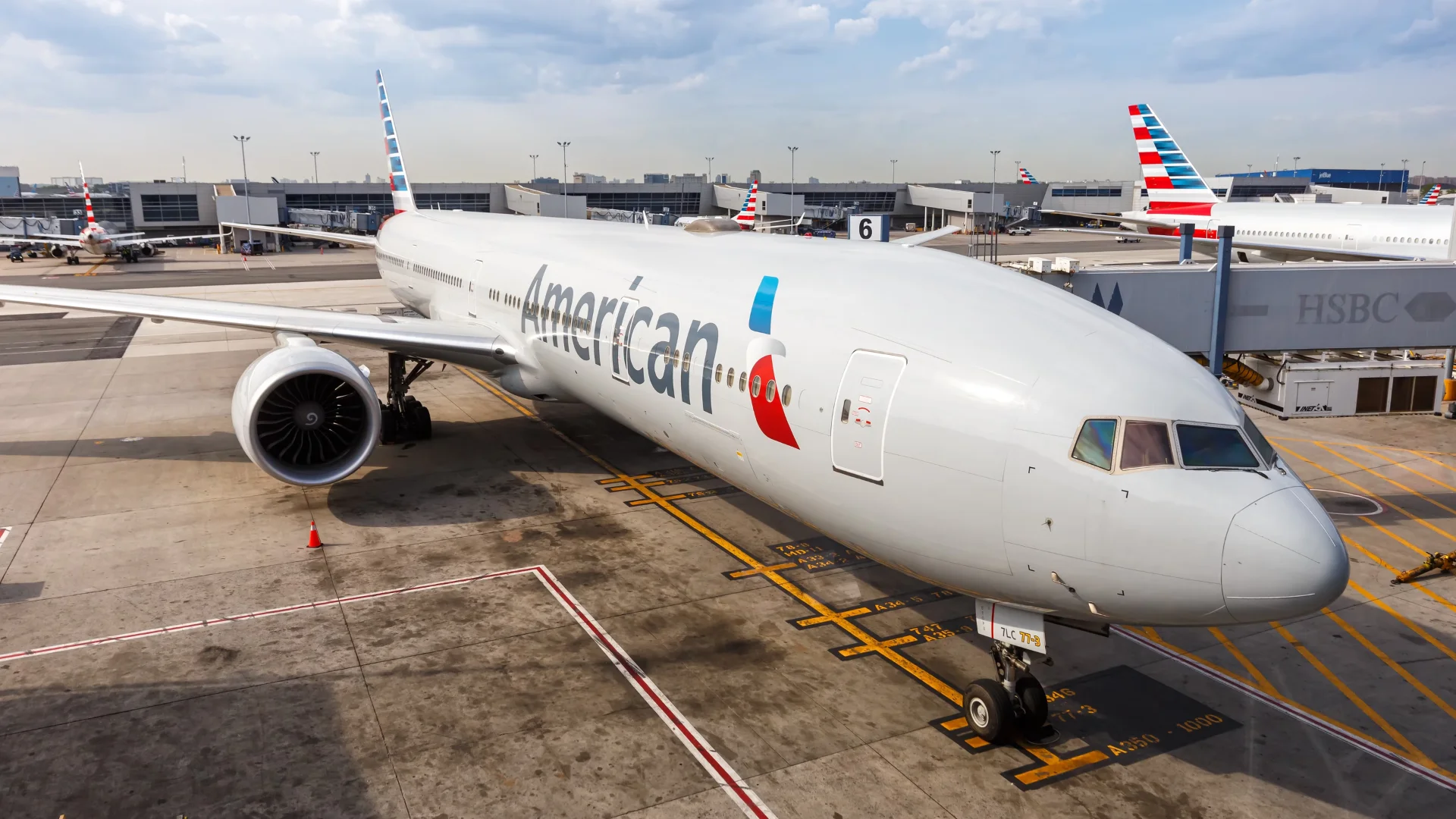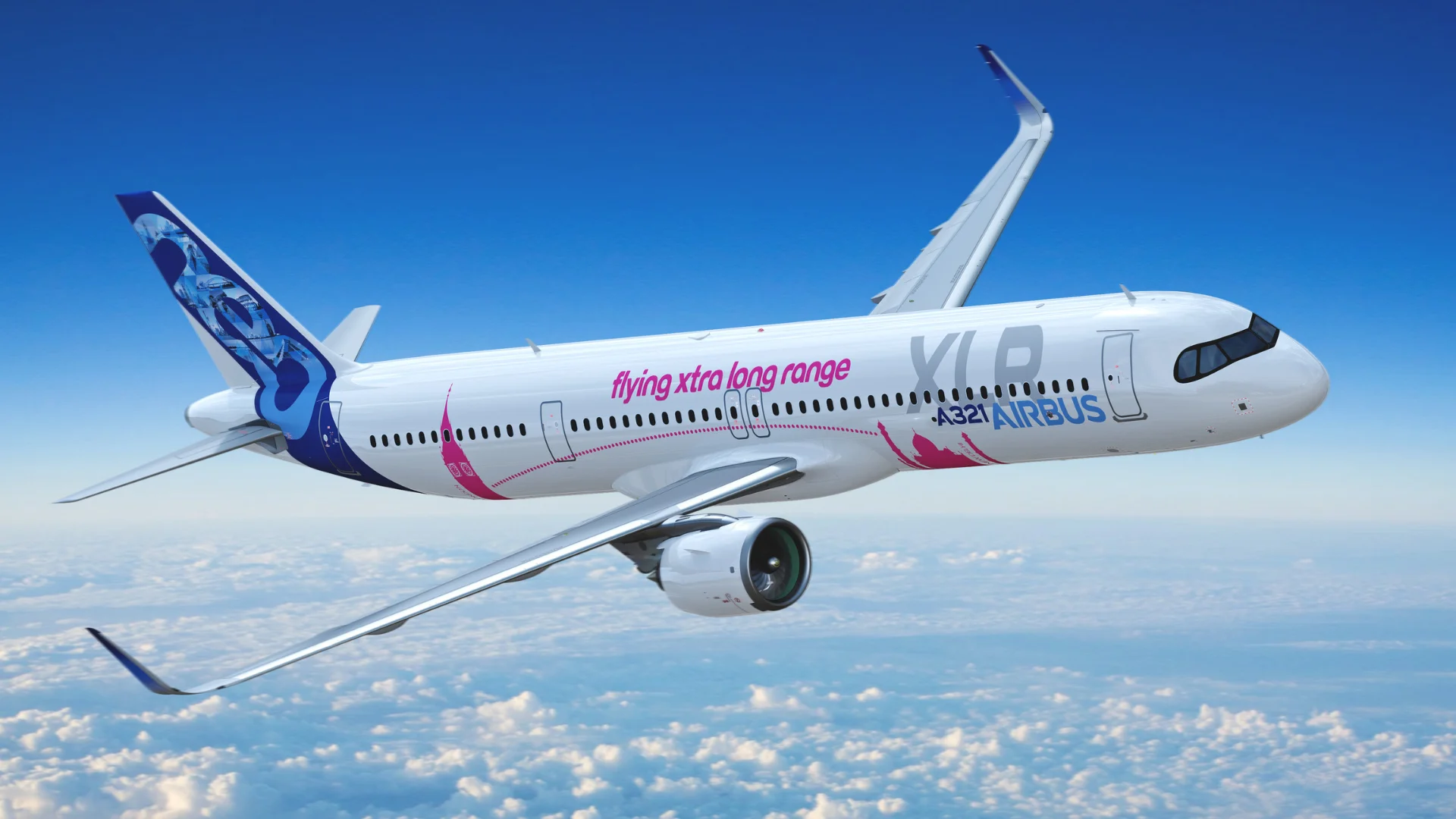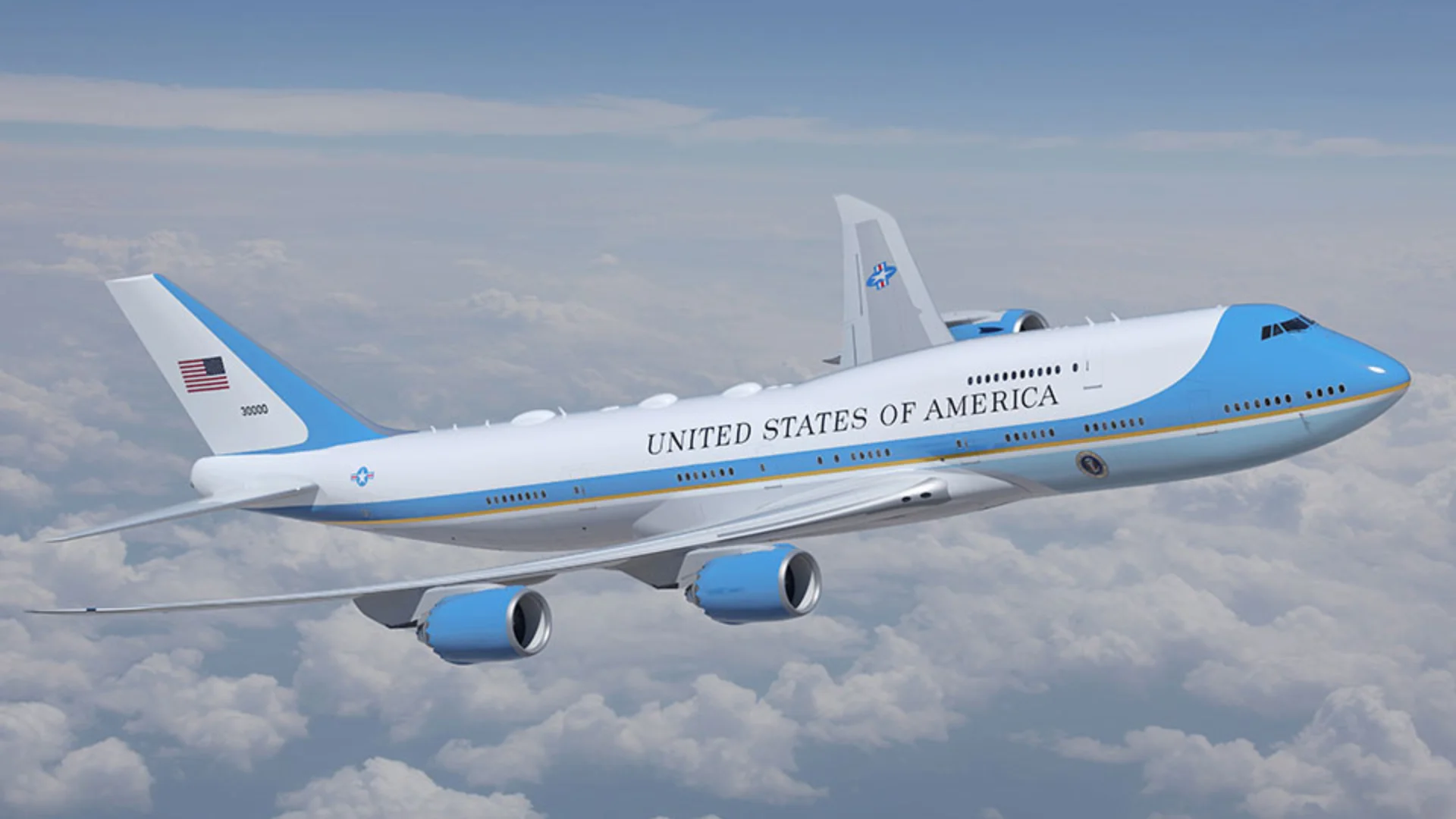The Boeing KC-46A Pegasus tanker, developed from the Boeing 767, serves as a crucial component of the United States Air Force's aerial refueling capabilities. The aircraft is intended to replace the aging KC-135 Stratotankers and the recently retired KC-10 Extender. Despite development challenges and delays, the KC-46A has become the second most common tanker globally after its predecessor, the KC-135.
Initially selected in 2001 to replace older tankers, Boeing faced setbacks including a corruption scandal that led to project cancellation in 2006. In response, the Air Force invited new proposals, with Boeing offering a tanker based on its 777 model and Airbus presenting the A330 MRTT. Although Airbus initially won in 2008 with their KC-45A proposal, Boeing protested successfully leading to a selection reversal favoring its 767 model.
"The KC-46A is the first phase in recapitalizing the U.S. Air Force's aging tanker fleet," stated an official source. The aircraft began development in 2011, first flew in 2014, entered service by 2019, and was deemed fully combat-ready by 2022.
 Alerts Sign-up
Alerts Sign-up






